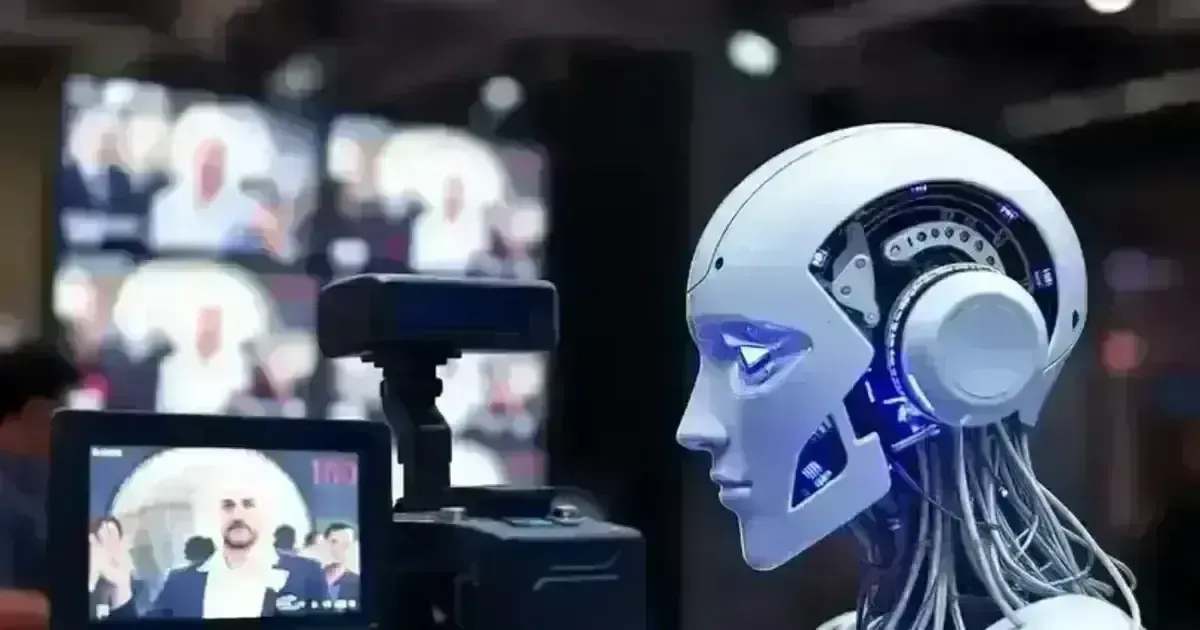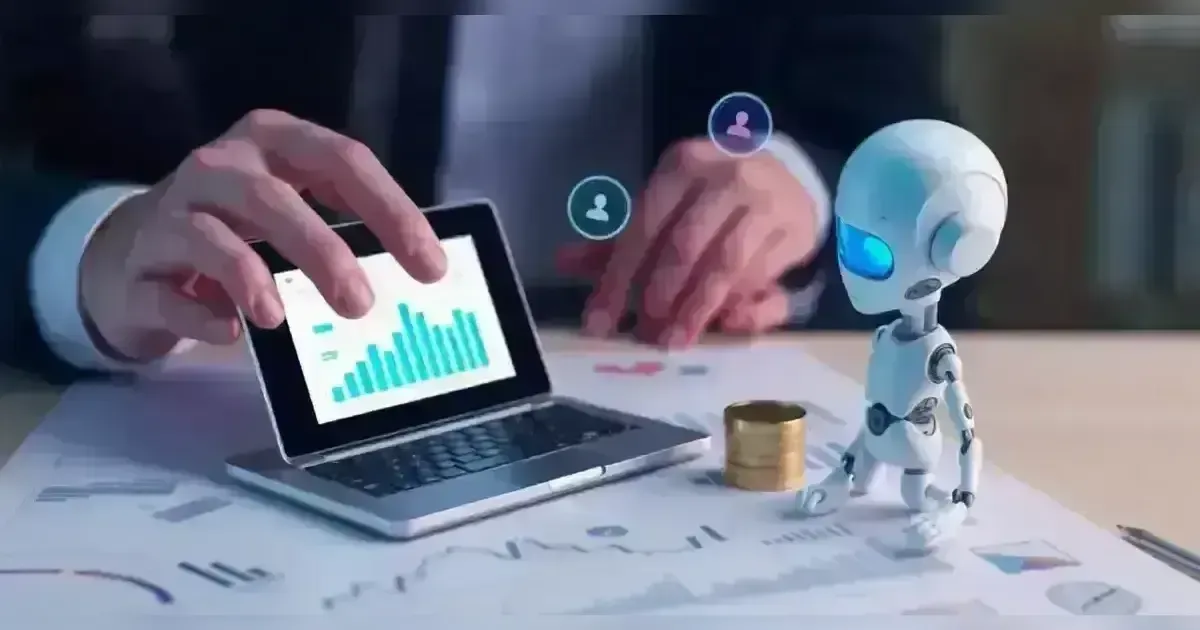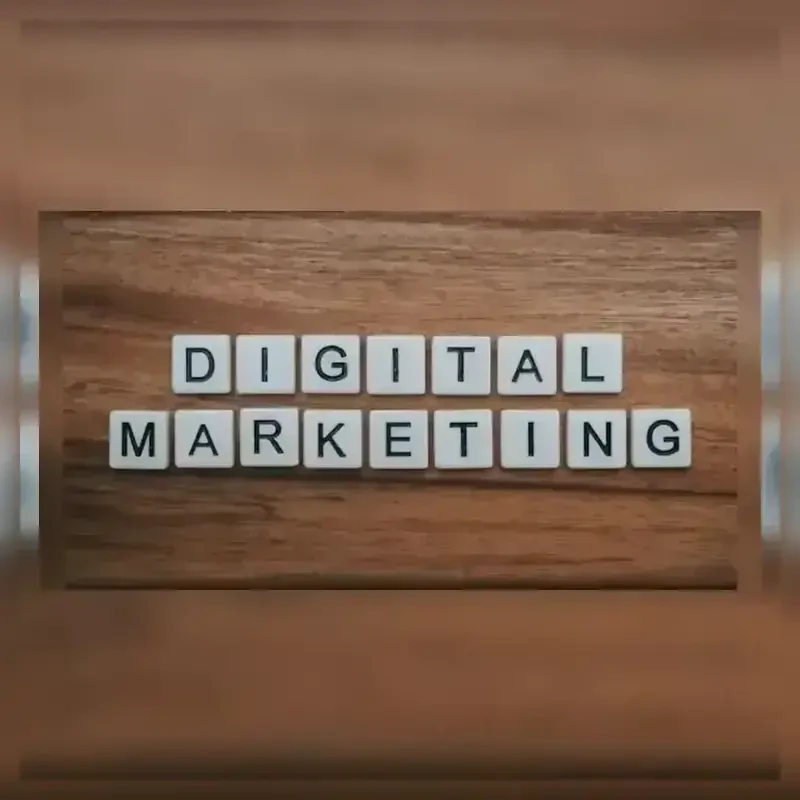Explore how the convergence of science and technology is reshaping industries, from healthcare to sustainability. This article delves into groundbreaking innovations, ethical challenges, and the future of interdisciplinary collaboration, highlighting how the fusion of these fields is driving progress and solving complex global issues with transformative potential.
Introduction.
Today, one can observe that the classification of science and technology is becoming less clear-cut when crafting the distinction. What used to be the grounded on the different fields of academic disciplines has now intertwined with real life application of technological solutions within specific applied fields, and what results is an enthralling symbiotic relationship that is fueling the pace of technology and invention. Historically, science and technology were seen as distinct: science meant knowing how the world was, while technology entailed the use of skills in order to solve human issues. Today, however, these domains can no longer be parallel. They move in one track, a track that advances and expands the scope of innovation. This convergence is not theoretica but is preventing radical changes in industries, economies, and societies at large, thereby necessitating new ways of perceiving knowledge, creativity, and society’s advancement.
Science and technology are interlinked, which means that differentiation of these two ideas is not a fad but a drastic alteration to the innovative development path. This modernist scientific advancement always brings about technological developments, and at the same time, technology enhances advancement in knowledge. AI, quantum computing, and biotechnology are just several sectors deemed incapable of being self-contained anymore due to the revolutionary rate at which their evolution is taking place. The two are two complementary in that developments in science result in the development of technologies, while advances in technologies help in scientific research. The boundary between the two only increases, and with it, the potential for new solutions to timeless issues— in fields ranging from healthcare to sustainability to space. The goal of this article is to explain what this dynamic intersection means and how, through examples, it shows how the advancement of science and technology alters both the trajectory of research and the world’s direction.
1. Historical Evolution: From Independent Disciplines to Integrated Forces.
Transformation of Independent Disciplines to Integral ForcesThe interaction of science and technology can be described as the change of an essential characteristic of culture and society during centuries.ines separating science from technology are increasingly hard to discern. What was once the domain of pure scientific inquiry is now inextricably linked with the practical application of technological advancements, creating a dynamic interplay that is driving innovation at an unprecedented pace. Historically, science and technology were seen as distinct: science aimed to understand the world, while technology focused on practical solutions for human problems. Today, however, these domains are no longer parallel tracks but are converging into a singular force, one that accelerates progress and broadens the horizons of what is possible. This convergence is not just academic but profoundly impacts industries, economies, and societies at large, prompting new ways of thinking about knowledge, creativity, and the very nature of human progress.
The intersection of science and technology is not a mere trend but a fundamental shift that redefines the trajectory of innovation. As scientific discoveries evolve, they invariably lead to new technological capabilities and vice versa, creating a virtuous cycle of mutual enhancement. The rapid advancements in fields like artificial intelligence (AI), quantum computing, and biotechnology showcase how these domains can no longer be siloed. They are mutually reinforcing, with scientific breakthroughs spurring new technologies and technological tools enabling deeper scientific exploration. As this boundary continues to blur, the implications are far-reaching, offering unprecedented solutions to age-old problems—whether in healthcare, sustainability, or space exploration. The purpose of this article is to unpack this dynamic intersection, illustrating how the fusion of science and technology is not only changing the course of discovery but also shaping the future of humanity itself.
2. Historical Evolution: From Independent Disciplines to Integrated Forces.
The relationship between science and technology has undergone a profound transformation over centuries. Originally, the concept of science development was associated with the increasing of knowledge for the sake of knowledge and as a rule, conducted by philosophers and naturalists individually. Technological, conversely was applied and based on society’s necessities for producing items, machinery, and structures. Science, as the humane endeavour, did not assume the empirical, experimental modes practised today and marched forward to the Scientific Revolution of 17th-century. For instance, the invention of the steam engine by James Watt could not have happened without scientific discovery of thermodynamics but its crafting involved clearcut elements of craft or technology, which started defining science and technology in a manner that was first recognizable in the sense of the modern age.
This means that over time, distinctions being made between these two fields became blurred. The Industrial revolution however marked a very important epoch to this process where scientific inventions like electricity and magnetism brought about the innovations that impacted the world. For instance, the electric telegraph was invented because of the discoveries made in electromagnetism, while the metallurgy improvements had the effect of making machinery availability on a large scale. Later in the twentieth century, the creation of the computer advanced this fusion, where theoretical progress in mathematics and physics were used to construct technologies that changed every aspect of the twenty-first century. At the close of the millennium and the start of the new millennium, there was almost a bal forwards and backwards integration between science and technology paving the way for the new millennium where interdisciplinary research and development occurred. This is the rationale that explains the transformation from discipline as a force to integrate to understand the technological prowess and actual scientific advancement of today’s society.
3. Innovative Breakthroughs at the Crossroad of Science and Technology.
The integration of science and technology has resulted into; development of thrilling and<tool_call><|ai|>The advancement of science and technology have born some of the most fascinating and revolutionary discoveries of the last decades of the twentieth century. For instance, artificial intelligence is not only changing the growing sectors, such as finance, healthcare as well as education but is also propelling science advancement at a higher level. Today, AI algorithms can determine the effectiveness of compounds as medicines and overhauls the efficacy of clinical trials. AI is also assisting researchers understand complicated genomes, providing fresh concepts in molecular-based medicine personalization and genes diseases cure. Furthermore, in such science as climatology or meteorology, AI is employed for the simulation of global changes and to forecast climate future trends in order to obtain insights into policies and practices required for the change. The interfusion with other scientific fields extremely demonstrates the high possibilities of the AI in providing solutions to those complex problems besetting this world.
Likewise, having initiated a revolutionary change in the industries, quantum computing is already considered as an innovative approach. Quantum computers therefore are significantly different from classical computers where information is processed in binary form; instead of qubits, which can be in more than one state at a given time, meaning problem solving is done many times faster. This is of great significance, particularly in deciphering where quantum instruments could nullify the current deciphering techniques and give way to new hard-to-decipher techniques. In medicine, quantum computing can provide a significantly new level of drug design and optimization because it can simulate molecular interaction on scales hitherto unimagined. Chemical computations make it possible to produce simulations that accurately represent these forces and more statically represent different atoms and molecules in remarkable detail, and account for their behavior during chemical reactions and various biological processes which, at one time, could not be explained in any way. Over time, quantum technologies are believed to fuel new scientific insights as technology fuels science, which in its turn fuels better technology.
4. Revolutionalizing Industries: How Convergence Transforms Global Sectors.
Technological advancement is crossing the frontiers of science, influencing intact sectors and creating opportunities where problems persist, but solutions are escalating the economy. Today, in healthcare, genomics, biotechnology, and AI are still in their infancy to revolutionize medicine. Individualised therapies based on a person’s genes are now a reality, and AI is at the forefront in fast and accurate diagnosis of ailments such as cancer, Alzheimer's diseases, and other genetic disorders Additionally, what was impossible before: gene therapies based on the CRISPR / Cas9 system capable of accessing and modifying genes that cause severe diseases, and 3D bioprinting, which is gradually revolutionizing the field of organ transplantation. This convergence is not just about treating illnesses and diseases and diseases but of fashioning the health care system of the future as one that focuses on prediction, prevention, and personalization.
Industries related to sustainability have also been reciprocating the gifts of science and technology similar to the healthcare sector. One of the biggest problems of the modern society is the need for the improved and efficient use of renewable energy sources; at the same time scientific and technological advances apply to the enhancement of solar power, wind energy and battery storage solutions. Advances in material science and technology make renewable energy sources possible and economical in the form of better solar power cells. In addition, AI and big data are being used to improve energy use, control smart grids, and forecast energy demand with high levels of accuracy. On a larger level, contemporary technology like carbon capture storage (CCS) is applied to minimize the damage done by industries. The convergence of such phenomena is ongoing and is critical in the battle against climate change, yielding new approaches to a less toxic environment.
5. Ethical and Societal Implications: Navigating the Boundaries of Progress.
Inasmuch as science and technology advance hand in hand, the ethical implications that are evident make the arenas even more sensitive and contentious. AR Applying with artificial intelligence has emerged as the issues of liability, equality, and openness. In fields such as healthcare or criminal justice AI systems are today making choices that can significantly impact a person’s life, yet it is often not easy to understand from these algorithms how such decisions are being reached because many algorithms remain black boxes for the most part. Such things combined with the fact that the workings of these algorithms are but poorly explained, fuels concern with regard to bias, discrimination and thus raises questions about the role of AI in reinforcing social exclusion. In addition, as AI systems are becoming increasingly self-governing, the question of who is to blame – or compensate – when the AI causes harm is more acute. Solving these ethical challenges must call for more than mere technology advancement and integration, but the creation of structures of governance in the design, validation, and deployment of AI systems that are fair and stringently moral.
Likewise, the growth of genetic engineering, especially with techniques such as CRISPR, has brought many questions on the ethicists table. Although editing genes is beneficial in cure of genetic diseases, the advancement of human genetic modification is not easily welcomed. The possibility of making a ‘designers baby’ or changing characteristics for purposes other than health concerns brings up questions on eugenics, legal consent, and the effects of having differential genetics on the society. The contrast between a medical need and desire to augment something or develop a physical trait is becoming blurred, it is important to ensure that the scientific progress are a subject to clear ethical principles. Nevertheless, it is impossible not to mention the negative reaction of society to the concept of automation and AI in the workforce. As more and more professions get replaced with computers and robots, the problem of how to deal with job loss and how to provide employment opportunities for people becomes one of the topics on the outlook for the workplaces.
Conclusion.
Therefore, it may be stated that, on the one hand, the further development of scientific and technological processes creates all imaginable opportunities for progress, while on the other hand, it requires purposeful planning and cooperation. The aforesaid paper also highlights one of the most important prerequisites for further innovative breakthroughs that will be the integration of various fields in education and research. To tackle global issues of the future, including those in the fields of health, environment, and power, there is a need for scholars and inventors to transcend between disciplinary compartments. Schools and research centres must create multidisciplinary systems to facilitate cooperation between scientists, technologists, engineers, and other professionals from different disciplines in order to design inclusive solutions. Such an ecosystem will be necessary for facing challenges that exist in today’s interconnected, complex world and that define the future.
For the same reason, there is an equal and even bigger need for governance and regulation so as to make science and technologies the public good. Leaders in technology need to develop strategic interventions that capture the essence of what an inclusive, equitable, and sustainable innovation policy is supposed to be, given the ethics, social, and environmental concerns raised by these advances. International collaboration will also be relevant because most of the issues that people encounter today, including and not limited to climate change or the current pandemic, fit this category. With the right policies, best practices, and regulatory frameworks in place, it is indeed possible to create and support positive scientific and technological advancement. The future is clear and holds great potential more than ever before; only if people of the world will try to lead it wisely so that it will bring benefit to all of civilization.


























